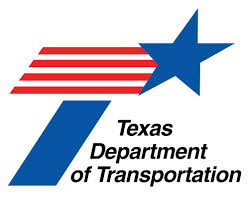Work Zone fatalities increased 27 percent in Texas. TxDOT urges extreme caution as motorists make up a vast majority of those killed.
AUSTIN —Work zone fatalities in Texas last year increased 27 percent, resulting in 181 lost lives. Of those fatalities, 174 (96 percent) were motorists, pedestrians, and bicyclists.
“People often think work zone crashes result in the deaths of roadside workers, but statistics show the vast majority of these fatalities are drivers like you and me who are passing through as motorists,” said TxDOT Executive Director James Bass. “We urge you to pay attention and adhere to posted traffic signs when driving through work zones to ensure your safety and the safety of the men and women who are working on our roads. At the end of the day, we want everyone to return home safely to their loved ones.”
TxDOT reminds drivers that every single day requires caution when driving through work zones. As the state’s population continues to boom, the price of progress can mean more than 2,500 active TxDOT work zones at any given time. In 2016, there was 25,713 work zone crashes in Texas. The leading causes of fatal work zone crash statewide – speeding and failure to stay in a single lane – are entirely preventable.
By law, drivers are required to move over or slow down when approaching work crews, emergency vehicles or tow trucks stopped on the roadside or shoulder with flashing blue or amber lights. Traffic fines in work zones double when workers are present and can cost up to $2,000.
As part of its ongoing Work Zone Awareness campaign, TxDOT is partnering with Austin-based Texas Mutual Insurance Company to host events around the state. An integral part of Texas Mutual’s mission – helping employers prevent workplace incidents and minimizing their consequences – aligns with TxDOT’s Work Zone Awareness efforts.
For media inquiries, contact TxDOT Media Relations at MediaRelations@txdot.gov or (512) 463-8700.
The information contained in this report represents reportable data collected from the Texas Peace Officer’s Crash Report (CR-3). This information was received and processed by the department as of March 6, 2017.








 EastTexasRadio.com Powered by Ten Stations
EastTexasRadio.com Powered by Ten Stations





